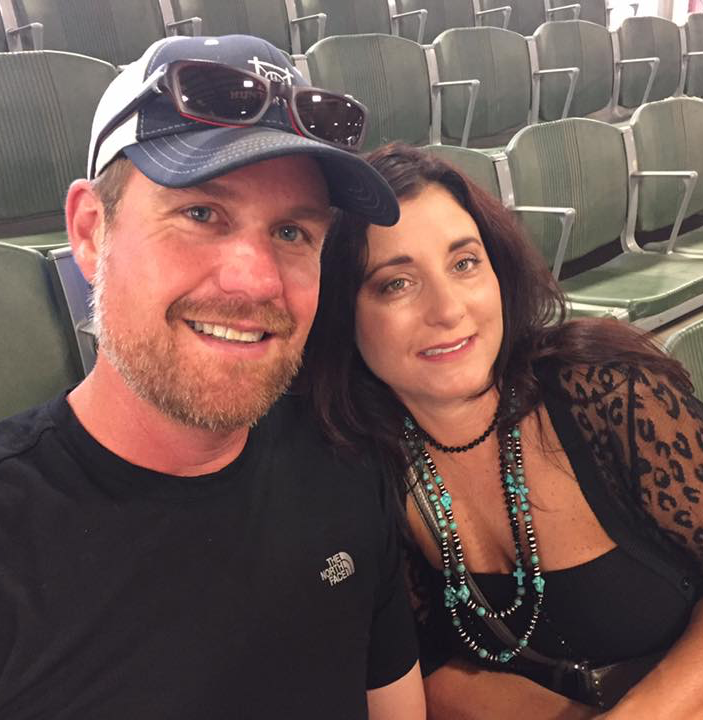After visiting 13 different doctors and specialists at renowned medical facilities, Pacheco was finally given a correct diagnosis in 2004 by a pathologist at Central Coast Pathology Consultants, Dr. Bruce Ragsdale, M.D.
“It was quite an ordeal,” said Pacheco.
Pacheco was diagnosed with an extremely rare condition known as multicentric Castleman disease with symptoms that include extreme fatigue, lymph node enlargement, night sweats, skin irritation, inflammation and shortness of breath. The disease is currently considered to be benign, but it can be deadly and there is no cure. The exact incidence is not known, but experts estimate that about 4,000 new cases of Castleman disease (~3,000 cases of unicentric Castleman disease and 1,000 cases of multicentric Castleman disease) are diagnosed each year in the United States. The extreme rarity of the disease complicates the diagnosis process.
With the diagnosis came a lot of uncertainty, as at the time of Pacheco’s diagnosis there were no laboratories dedicated to researching the disease. Moreover, there is no standard treatment for multicentric Castleman disease.
“After my diagnosis, my wife, Charlyn, and I started doing research and quickly realized there was very little information available. We felt like we were in this alone,” he said.

After about four months, Pacheco located a treatment program in California and was preparing to start it when he heard about the work of Frits van Rhee, M.D., Ph.D at the University of Arkansas for Medical Sciences (UAMS).
As director of clinical research for the UAMS Myeloma Institute for Research and Therapy, van Rhee is internationally recognized as a Castleman expert and has developed one of the country’s top referral centers.
As a patient at UAMS, Pacheco travels from his Paso Robles, Calif., home to Little Rock about once a month to receive intravenous antibody treatment supervised by van Rhee. Pacheco has maintained this rigorous travel schedule for more than four years. His first two years of treatment required travel to Little Rock every two weeks.
The drug he receives, which is in the clinical trial stage, is designed to block the interaction between the immune protein known as Interleukin 6 (IL-6) and its receptor. Castleman’s patients overproduce IL-6, which causes the debilitating symptoms. If left unchecked, Castleman can progress to non-Hodgkin’s lymphoma or other malignancies.
The therapy, Pacheco said, has given him back his life. “I still have Castleman disease, but it’s under control and I feel great. I can’t ask for any more than that.”
The Pachecos went on to establish a nonprofit organization called CARE (Castleman’s Awareness and Research Effort) in 2007 and raised enough money to fund the Greg Pacheco Castleman Research Laboratory at UAMS. In 2012, Greg partnered with Dr. David Fajgenbaum to establish the Castleman Disease Collaborative Network.
The above story was adapted from the following two news stories:

 7/14/2014
7/14/2014